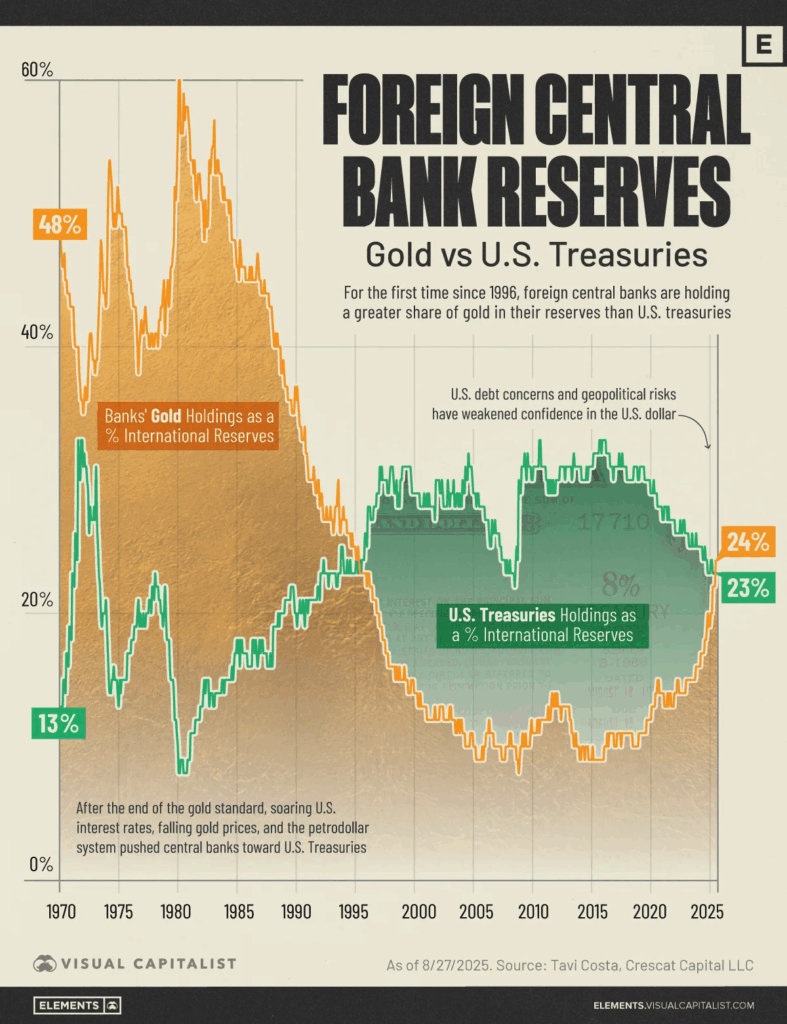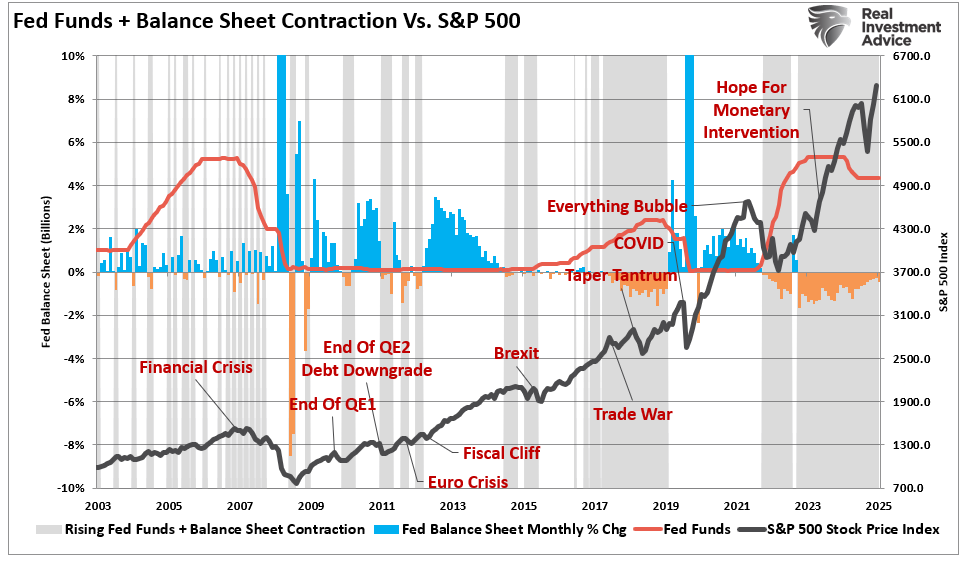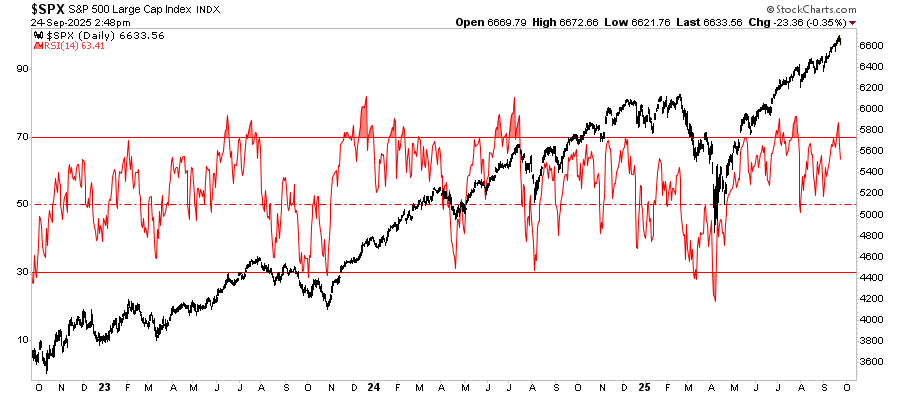| Former trader and author of best-selling book “The Black Swan” sat down for an interview with Bloomberg News to mark the upcoming thirtieth anniversary of the stock-market crash that occurred on Oct. 19, 1987 – otherwise known as Black Monday.
Taleb famously supercharged his career – and earned a considerable sum of money (though turns out it was less than Taleb felt he deserved) – thanks to his trading profits from that day, which he said were in the “tens of millions of dollars.” But what did he trade, and how? And furthermore, what was going through his head as he watched the market crumble around him? Answering a question about what specific strategies he employed, Taleb explained that he relied on “tail options” – contracts that, because they were way out of the money, could be purchased for negligible sums – and placed most of his bets in “professional” markets like currencies and Eurodollar futures.
Asked why the movements in currency and fixed income markets weren’t as heavily covered as the moves in the stock market – which is where the bulk of that day’s carnage unfolded – Taleb said it’s because these markets are strictly for professional traders. Few middle-class investors traded bonds or owned foreign currencies outright back – but everybody seemed to own stocks.
Taleb declined to disclose how much First Boston – the investment bank at which he was employed – paid him for his success that day, though he did say that, because most of his colleagues lost money, the sum was smaller than he had hoped.
Taleb said he vividly remembers Oct. 20, the day after the crash, when, he said, nearly all of his counterparties were outbidding his offer for his options positions by massive margins. He specifically remembers trading with famed commodity speculator Richard Dennis, whose hedge fund went bust that day. |
|
Taleb says the events of Black Monday left a lasting impression on him. His success made him brash and overconfident. But it also confirmed his view that the market’s approach to calculating risk failed to take into account the possibility of “six sigma” moves like the Black Friday crash. Indeed, that trend has only worsened with the advent of ETFs and high-frequency trading, which many market strategists believe increase the likelihood of chaotic selloffs like the May 2010 flash crash.
Asked what was going through his head when equity valuations were plummeting all around him, Taleb replies that he was so focused, he wasn’t able to process the enormity of that day’s events while they they were happening. All of his attention was focused on executing trades.
It wasn’t until a colleague pointed out the magnitude of the move that Taleb began to understand that this might be a once-in-a-lifetime opportunity.
Indeed, it would be 20 years before Taleb would book similarly outsized profits after he joined a handful of contrarians in shorting the market ahead of Lehman Brothers’s September 2008 bankruptcy filing. |
|
| As for the extreme focus he exhibited on that day, Taleb said there have been a handful of occasions where he has had to maintain a monk-like level of focus for a prolonged period. He cited the invasion of Kuwait as one example, saying he arrived at First Boston’s office at 2 am, and remained in a state of concentration for 15 or 16 hours.
Ultimately, he says, traders are still underestimating the likelihood of another flash crash. Given the fact that realized volatility recently fell to record lows, this year’s relatively placid equity market has fostered a widespread sense of complacency in markets. But that could all change in 24 hours’ time. |
Full story here Are you the author? Previous post See more for Next post
Tags: Business,Economic bubbles,economy,EuroDollar,Finance,fixed,flash,Lehman Brothers,Mathematical finance,money,newslettersent,Stock market crashes,Swiss Franc,Systemic risk,Technical Analysis,Volatility,Yen
































